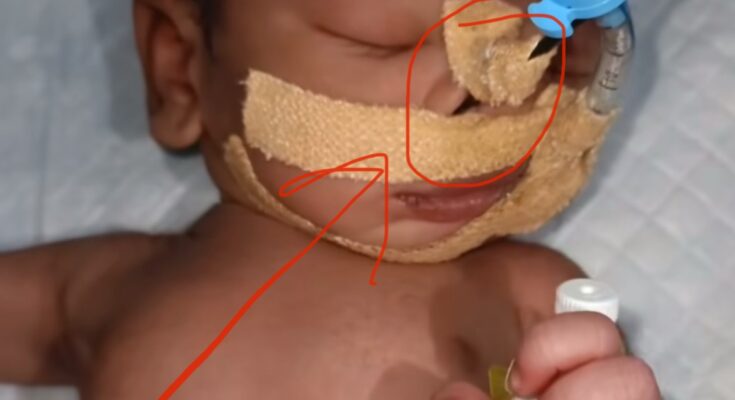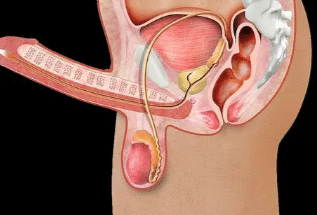In a heartbreaking case that highlights ongoing global health challenges, a newborn baby has been diagnosed with HIV — a situation that is both preventable and treatable in today’s medical landscape. While cases of mother-to-child HIV transmission have significantly decreased over the past few decades due to improved access to antiretroviral therapy (ART), they still occur, especially in regions with limited healthcare access, stigma, or lack of awareness.
How Does a Newborn Contract HIV?
HIV (Human Immunodeficiency Virus) can be passed from mother to child during pregnancy, childbirth, or breastfeeding. This is known as perinatal transmission. Without intervention, the transmission rate can range from 15% to 45%. However, with timely diagnosis and appropriate treatment, this risk can be reduced to below 5%.
The most common cause of infection in newborns is when the mother is unaware of her HIV-positive status or does not receive proper treatment during pregnancy. Factors such as lack of prenatal care, limited access to HIV testing, social stigma, or misinformation can all contribute to the absence of diagnosis and care.
The Immediate Challenges
For a newborn diagnosed with HIV, early intervention is critical. Starting antiretroviral therapy within hours or days of birth can dramatically improve outcomes, reduce viral load, and help the child develop a stronger immune system. Without treatment, HIV can progress rapidly in infants, leading to severe infections, developmental delays, and even death within the first few years of life.
In many cases, the diagnosis of a newborn with HIV also means that the mother is living with HIV — often undiagnosed. This makes it crucial for both the mother and child to receive care, counseling, and lifelong treatment.
The Broader Implications
This case serves as a stark reminder that while global HIV/AIDS awareness and treatment have advanced significantly, gaps still exist. According to UNAIDS, around 1.3 million women living with HIV give birth each year, and although 85% of them receive ART, some still fall through the cracks — especially in rural or underserved areas.
Moreover, stigma and fear of discrimination often prevent women from seeking testing or disclosing their HIV status, which increases the risk of perinatal transmission.
A Message of Hope
Despite the seriousness of an HIV diagnosis in a newborn, there is hope. Modern medicine has transformed HIV from a fatal disease to a manageable chronic condition. With early diagnosis and proper treatment, children born with HIV can lead full, healthy lives.
Prevention is equally powerful. Access to prenatal care, routine HIV testing for pregnant women, and education about mother-to-child transmission can nearly eliminate the risk of infection in newborns.
Moving Forward
This case should reignite the conversation about universal access to maternal healthcare, the importance of early HIV screening, and removing stigma around the virus. No child should be born with HIV in a world where prevention is possible.
Let this be a call to action — for governments, communities, and individuals — to ensure that every expectant mother receives the care, support, and dignity she deserves.



